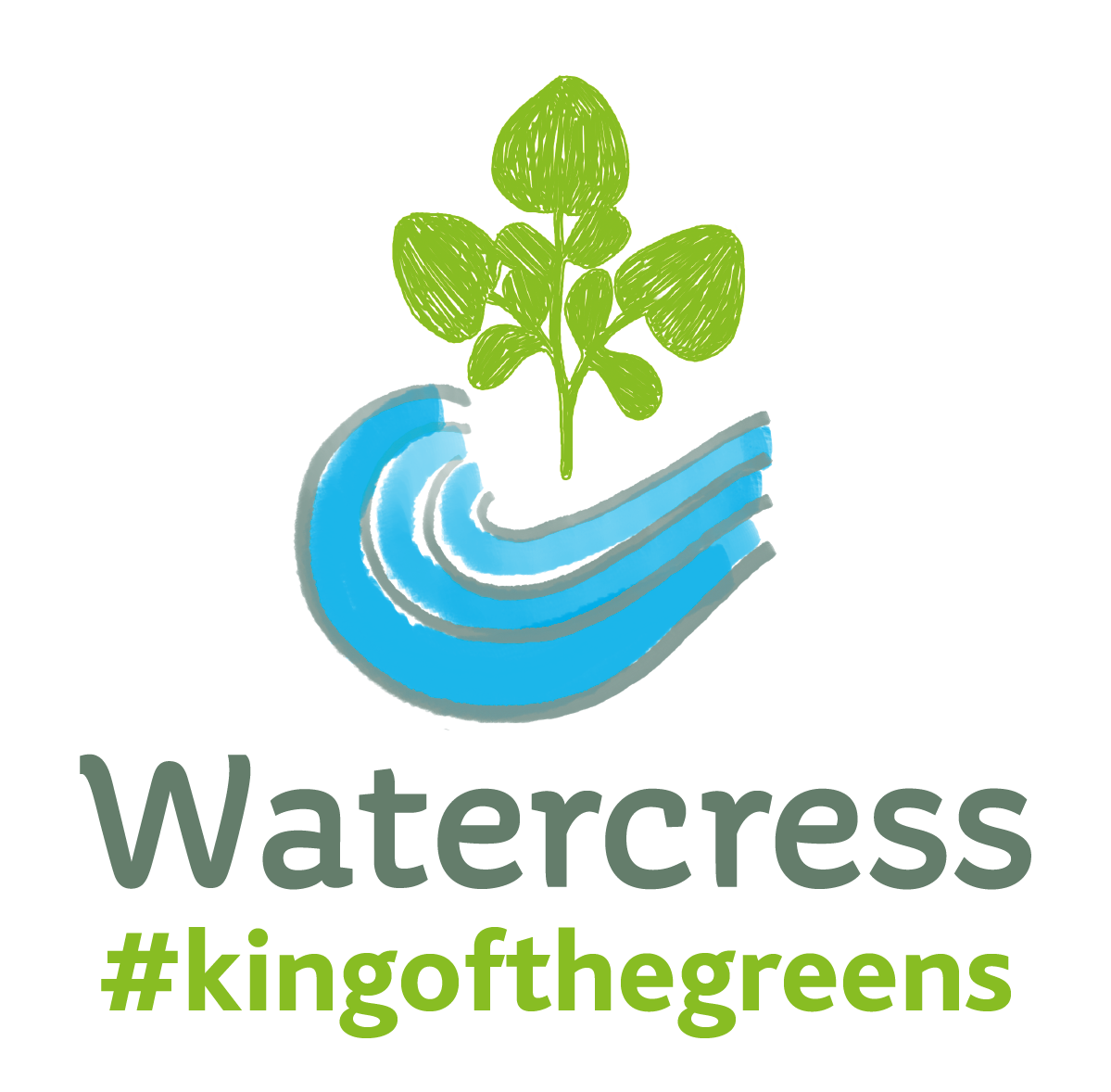The Watercress Festival 2019
Lucy Williamson is a Registered Nutritionist who believes in the exceptional quality of our British food produce. Through her work with schools, personal consultations, events for the public and as a visiting lecturer at the University of Hertfordshire, Lucy aims to inform and inspire better health, sharing evidence-based nutrition. Previously a Vet and with a family of her own, her focus is on sustainable food choices, helping nature and people to thrive together.
She is also currently developing the ‘food LINKS’ initiative, aiming to provide evidence-based nutrition support for British food producers, keen to communicate the health benefits of their produce. Cue watercress! Lucy is keen to highlight the different roles that the peppery leaf plays in the healthy functioning of the body and its importance in the daily diet.
As part of her mission she joined The Watercress Company at the 15th annual Alresford Watercress Festival on Sunday 19 May to help spread the word about the phenomenal health benefits that watercress has to offer to the throngs of visitors there to celebrate the start of the UK watercress season.
It seemed as if the whole of Hampshire and Dorset had descended on the picture-perfect market town of Alresford for the annual Watercress Festival! There was boundless passion for this humble leafy green, from those making it into delicious smoothies, pies, gin, pesto, soup & sauces, to medical scientists sharing their ground-breaking research, including its potential in improving response to cancer treatment, children watching its roots among mineral-rich spring water, to the many local food producers, photographers and families, all eager to taste it, feel it, understand it, and of course to have loads of fun!
I was lucky enough to be treated to a tranquil half hour walking from the town to the lush green watercress beds at Manor Farm for a closer look at this nutrient-packed brassica growing in the purest of waters. My journey from Vet to Nutritionist has given me a wonderful insight into ecosystems – healthy soils and waters, crops, animals and people all dependent upon one another, if we’re all to thrive together. The Watercress Company produces this bountiful crop without the use of pesticides or fertilisers, meaning that nature thrives in the water beds. Undoubtedly this benefits the watercress – microbes naturally present help it to absorb maximum nutrients and protect it, just as we depend on our own gut microbes to do the same for us. As I gazed at the bountiful crop before me, I saw biodiversity at its best.
Just as The Watercress Company nurtures the environment their watercress lives in, we must nurture our own gut bacteria by eating plenty of fibre and a range of fruit and vegetables is a great way to start. Where watercress is concerned you can use it all, including the stems when whizzing up a pesto, soup or smoothie (or when just eating it fresh off the plant as Tom appeared to be doing whenever the opportunity arose!). What ever way you eat it, it’s a great way to increase your fibre intake. This ensures our gut bacteria can thrive and so perform their key roles in our health from developing a strong immune system, helping to protect us from inflammatory disease including bowel cancer, improving our health after illness and antibiotic treatment, preventing allergy, influencing our mood, regulating cholesterol and even helping with weight control…the list is endless.
I had a fabulous time sharing the nutritional benefits of watercress – a hard task when there are so many nutrients to enthuse about! But the best by far are its antioxidants, so essential to our everyday and longer-term health, that they deserve another mention here.
So, here’s my Antioxidant 101 on watercress!
Every day we’re exposed to a process known as Oxidative Stress. Every system in our body that uses oxygen produces by-products which will cause oxidative stress, (otherwise described as cell damage), if not rapidly altered and removed from our system. Other things will cause oxidative stress too – everyday toxins that we’re exposed to like pollutants and UV rays from the sun. High blood sugar from stress, too much processed food and even lack of sleep are all factors. Cell damage through oxidative stress is a key factor in ageing and many chronic illnesses like cancer, heart disease and stroke. We make our own antioxidants constantly that prevent oxidative stress by chemically altering the toxins involved so that we can excrete them from our bodies. But, sometimes our need for antioxidants is much greater – for example when coping with illness or after intense sport– and our own supply just isn’t enough. Eating foods rich in antioxidants therefore is of huge benefit and no hardship when it’s as tasty as watercress! As was so ably demonstrated by the contestants at the World Watercress Eating Championships!
Of all the brassicas, watercress contains the highest amount of a certain sulphur containing antioxidant (PEITC) which is activated by chewing, and gives that characteristic peppery taste. The enzyme required to activate it is within different cells in watercress so the process of chewing the leaf or blitzing it into a smoothie for example sets off this reaction. And, if this enzyme is deactivated by heating as can happen when making soup, then our gut bacteria will activate the antioxidant instead!
So, thank you Alresford for giving up your usually peaceful Georgian town for the day and to The Watercress Company for passionately producing a leaf so simple and pure but so complex in its health benefits. I for one am a big fan!






